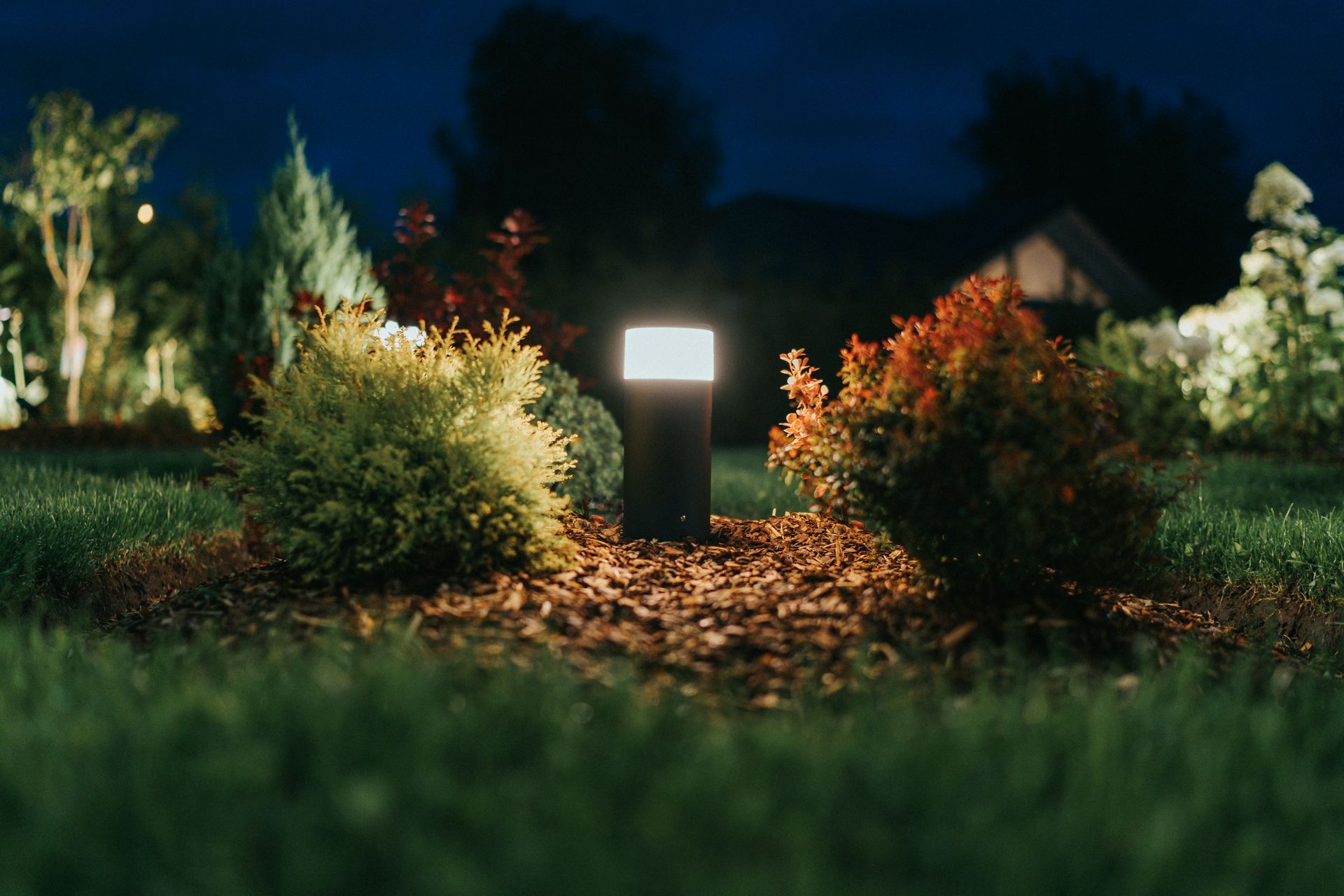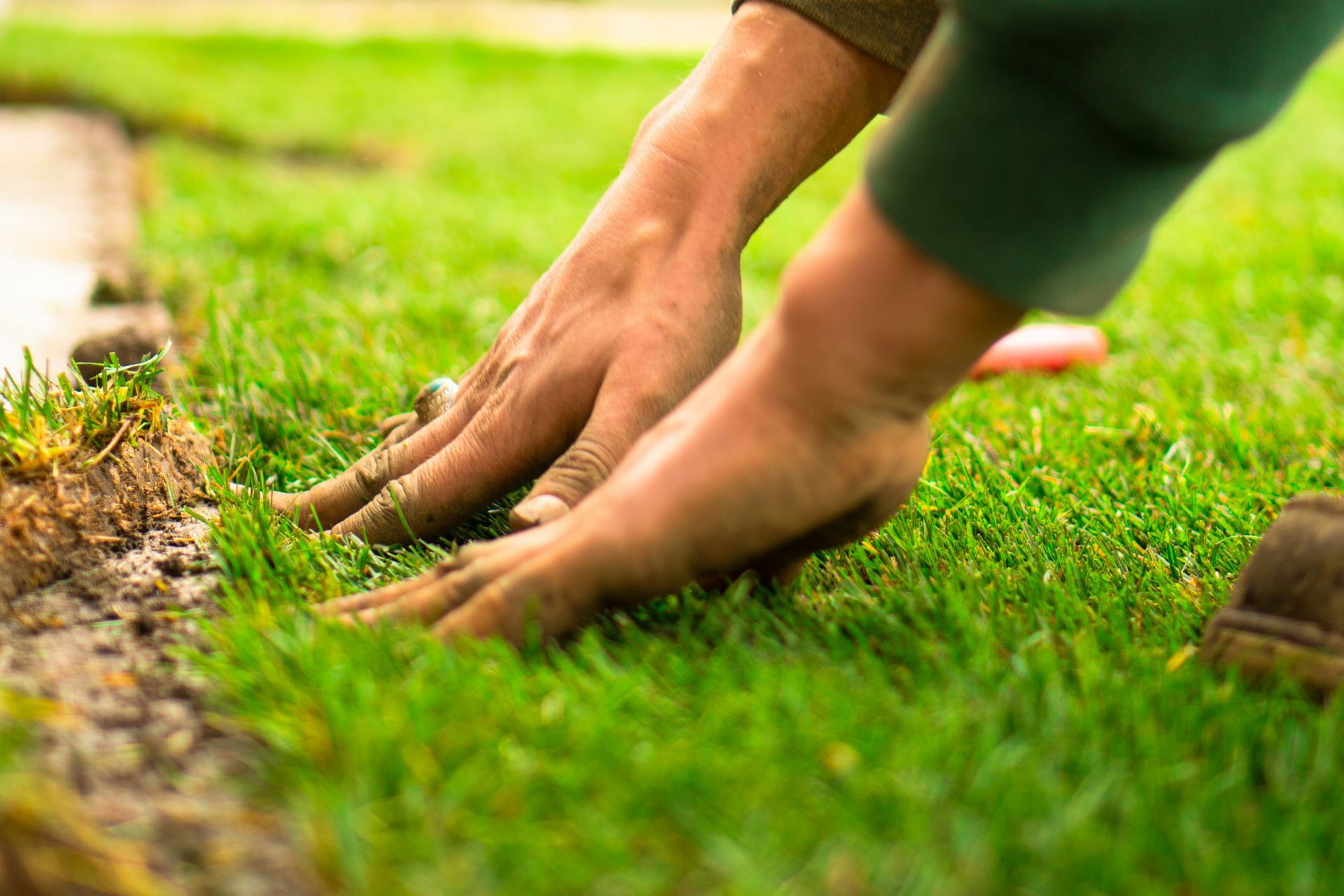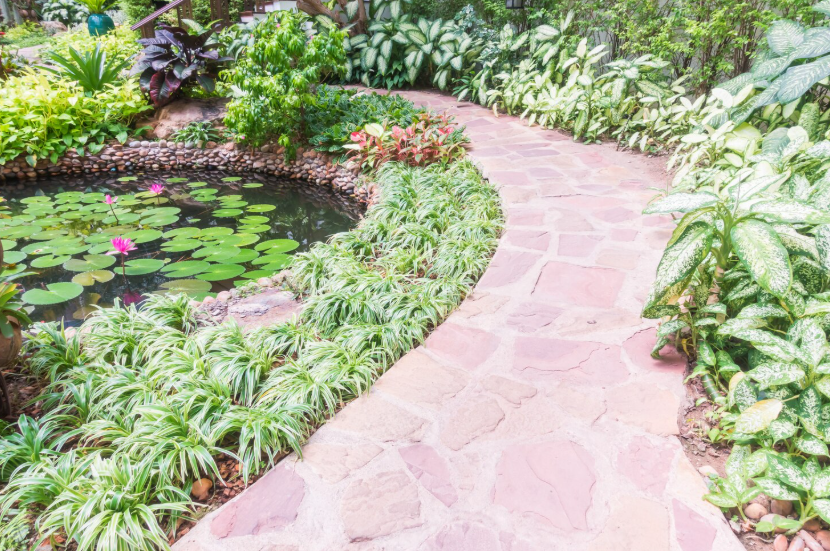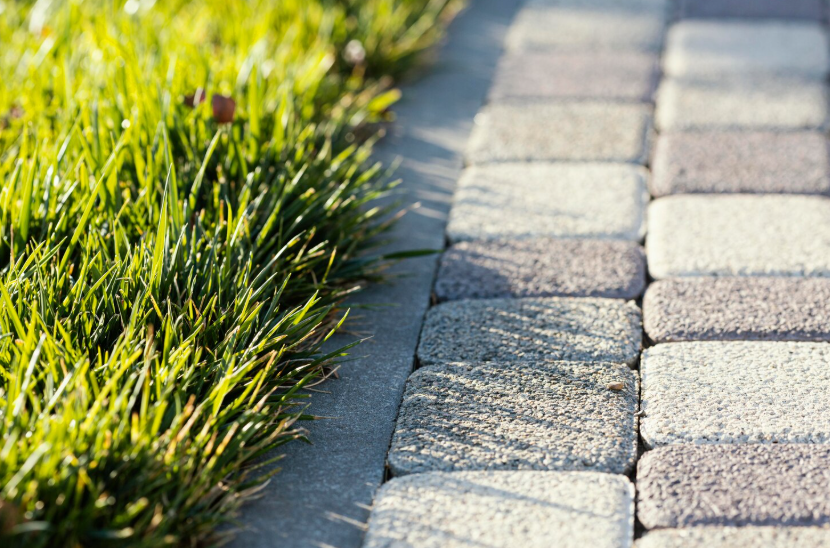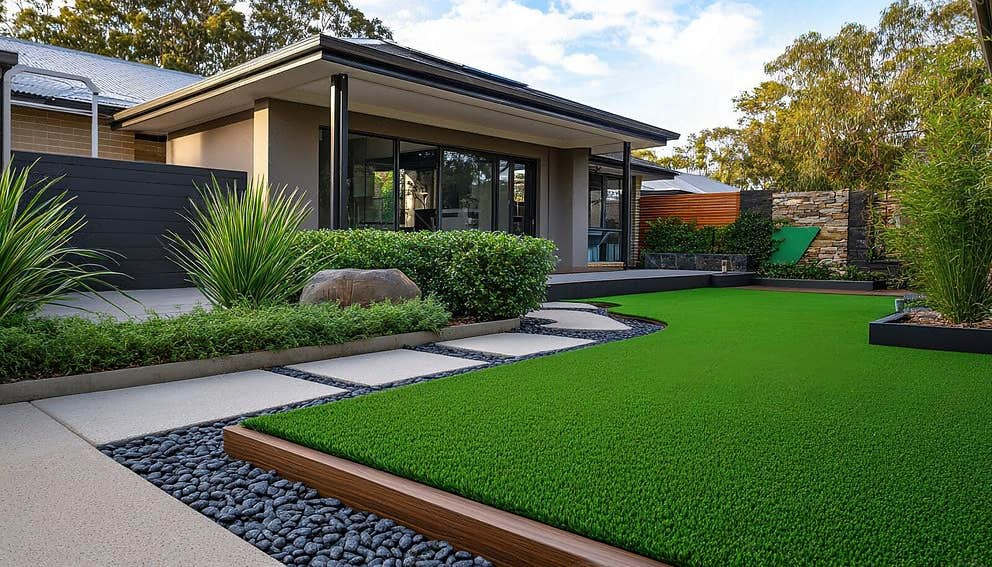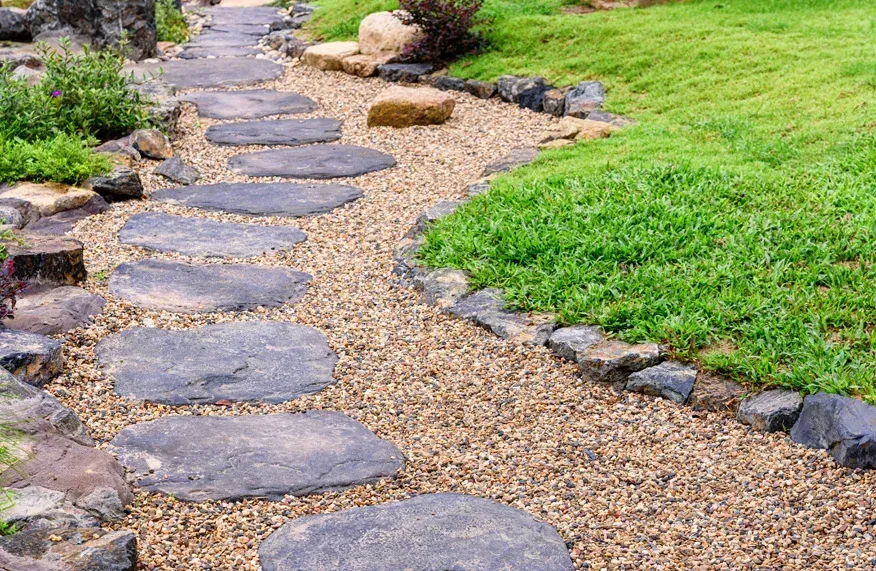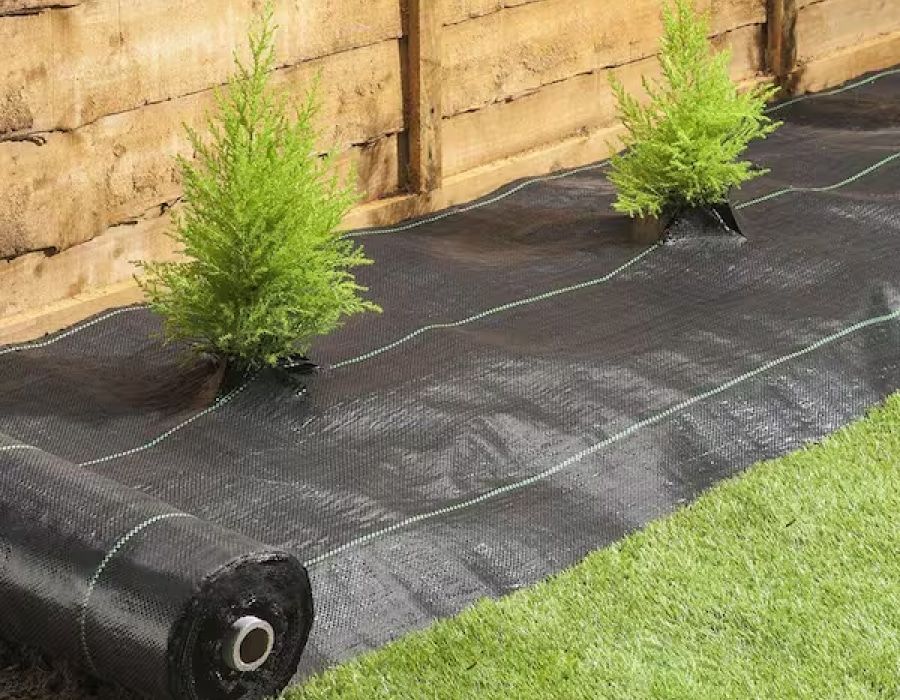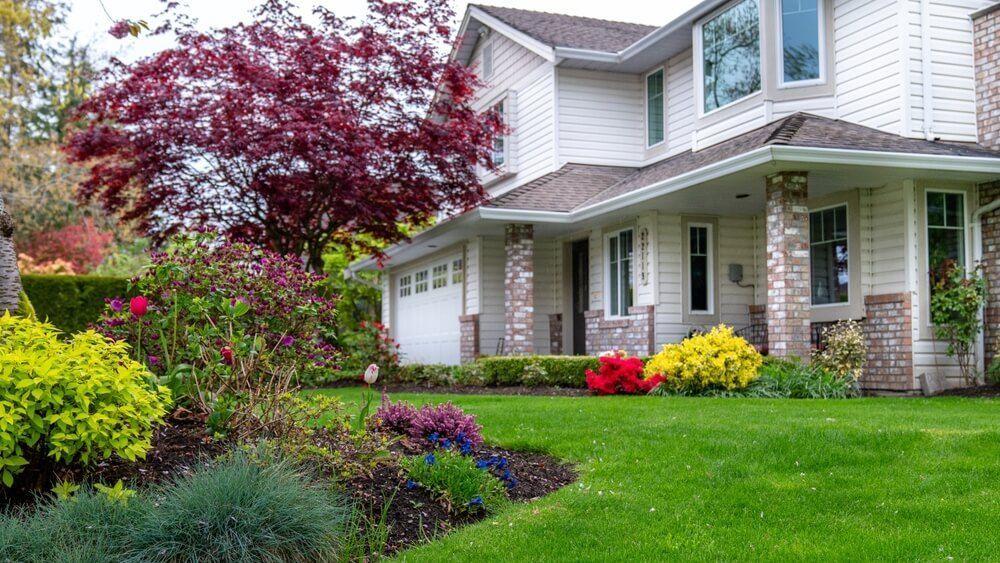How to Install Landscape Lighting: Transform Your Backyard
Adding landscape lighting can dramatically change the atmosphere of your backyard, creating a more inviting and functional space for evening enjoyment. Whether you're working on your own or hiring the best local landscaping company, getting the lighting plan right is key. This guide will walk you through the essential steps, from planning your layout to installing and fine-tuning the lights, so you can design an outdoor setting that feels both balanced and beautiful.
Planning Your Lighting Design
Begin by considering which areas of your outdoor space you'd like to highlight. This could include garden beds, pathways, trees, seating areas, or architectural features. A
landscape designer can help you map out these focal points effectively and ensure that the lighting complements your overall
landscape build. A clear plan will help you avoid overcrowding your yard with too many fixtures or missing areas that need attention. Decide which types of lighting are most suitable for each location, such as spotlighting for larger plants or structures and subtle pathway lighting for walkways. Take natural landscape elements into account and think about how light will interact with them. Careful preparation at this stage helps ensure that the final result looks polished and purposeful.
Choosing the Right Fixtures
Selecting the proper fixtures involves more than just aesthetics, it's also about longevity and performance. Your lighting choices should complement your home's style while withstanding exposure to the elements. For example, modern homes may benefit from sleek metal designs, while more traditional homes might look better with classic finishes. LED lights are generally a smart option because they use less energy and offer a softer glow that's well-suited for outdoor spaces. When planning
backyard landscaping, consider where you need stronger lighting, such as near entrances or along frequently used paths, versus areas where softer lighting is preferred, like patios or garden edges. The right mix of fixtures creates a balanced lighting scheme that adds visual interest without being overwhelming.
Selecting the Ideal Placement
Placement can make or break the overall effect of your lighting setup. Aim to create depth and contrast by varying the height and direction of the light. For example, placing lights low to the ground along a path contrasts nicely with upward-facing spotlights directed at a tree or wall. For projects that include
walkway installation, ensure that path lights are positioned evenly to enhance safety and visibility while maintaining aesthetic appeal. Consider how shadows will fall and avoid placing fixtures where they might cause glare or disrupt the flow of the space. The goal is to subtly guide the eye and create natural focal points. Testing different positions before final installation can help you find the most effective arrangement.
Wiring and Power Source Setup
A safe and reliable electrical setup is crucial. Choose a location for your transformer that's elevated and near a covered outdoor outlet to avoid water damage. It should have the capacity to support all connected fixtures. Use direct burial cable for underground runs and waterproof connectors where above-ground connections are needed. Wires should be buried deep enough to avoid exposure, especially in areas with foot traffic. Calculating the total wattage and potential voltage drop will help you maintain consistent lighting across your yard. Proper grounding is a must for both safety and lasting performance.
Installing the Lighting Fixtures
With the wiring in place, you can begin installing the fixtures. Secure path lights along walkways at consistent intervals to provide even lighting. Spotlights should be positioned to highlight key features, such as trees or water elements, without overwhelming them. Wall-mounted lights are effective for patios and seating areas, offering a gentle glow that enhances comfort. Make sure each fixture is installed firmly and pointed accurately to avoid unnecessary adjustments later. A unified lighting setup relies on thoughtful angles and appropriate beam widths, creating a cohesive and visually pleasing environment.
Testing and Adjusting the Lights
Once the installation is complete, the final step is to test each fixture to ensure it functions properly. Turn them on and check for any lights that aren't functioning or areas that appear too bright or too dim. Adjust angles to better highlight the intended features, and be mindful of glare that might interfere with sightlines or distract from the design. Look at the overall flow of light throughout the space and ensure transitions between lit and unlit areas feel natural. This step can make a big difference in how the space feels at night, turning it into a comfortable retreat rather than a patchwork of scattered beams.
Related Topics:

